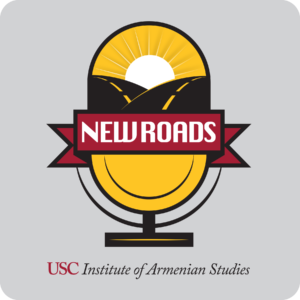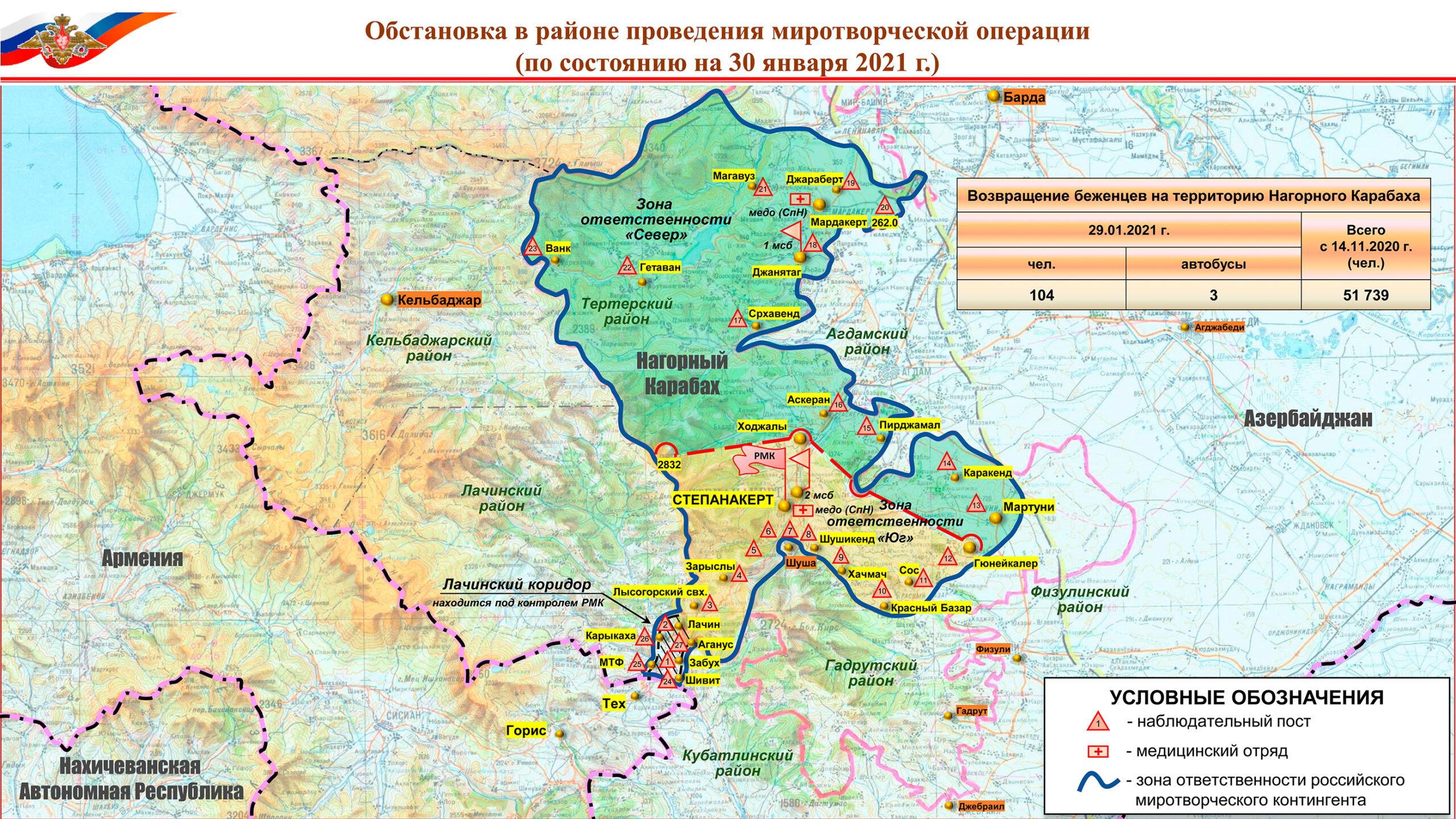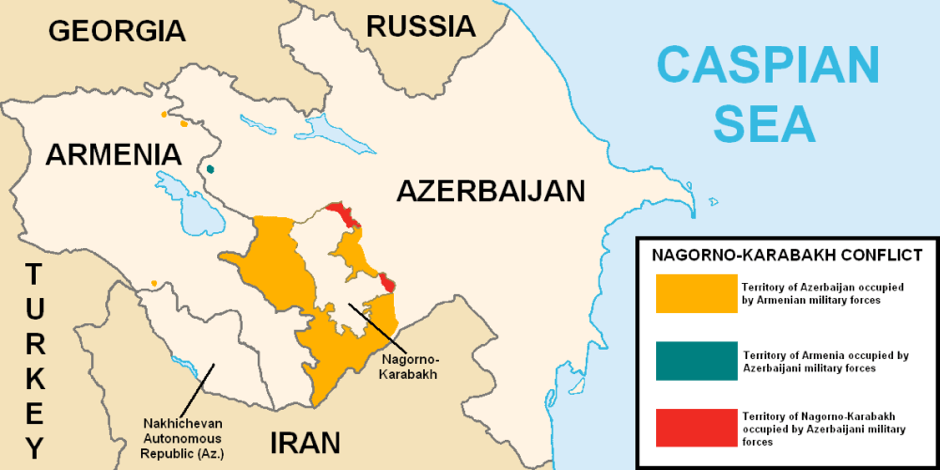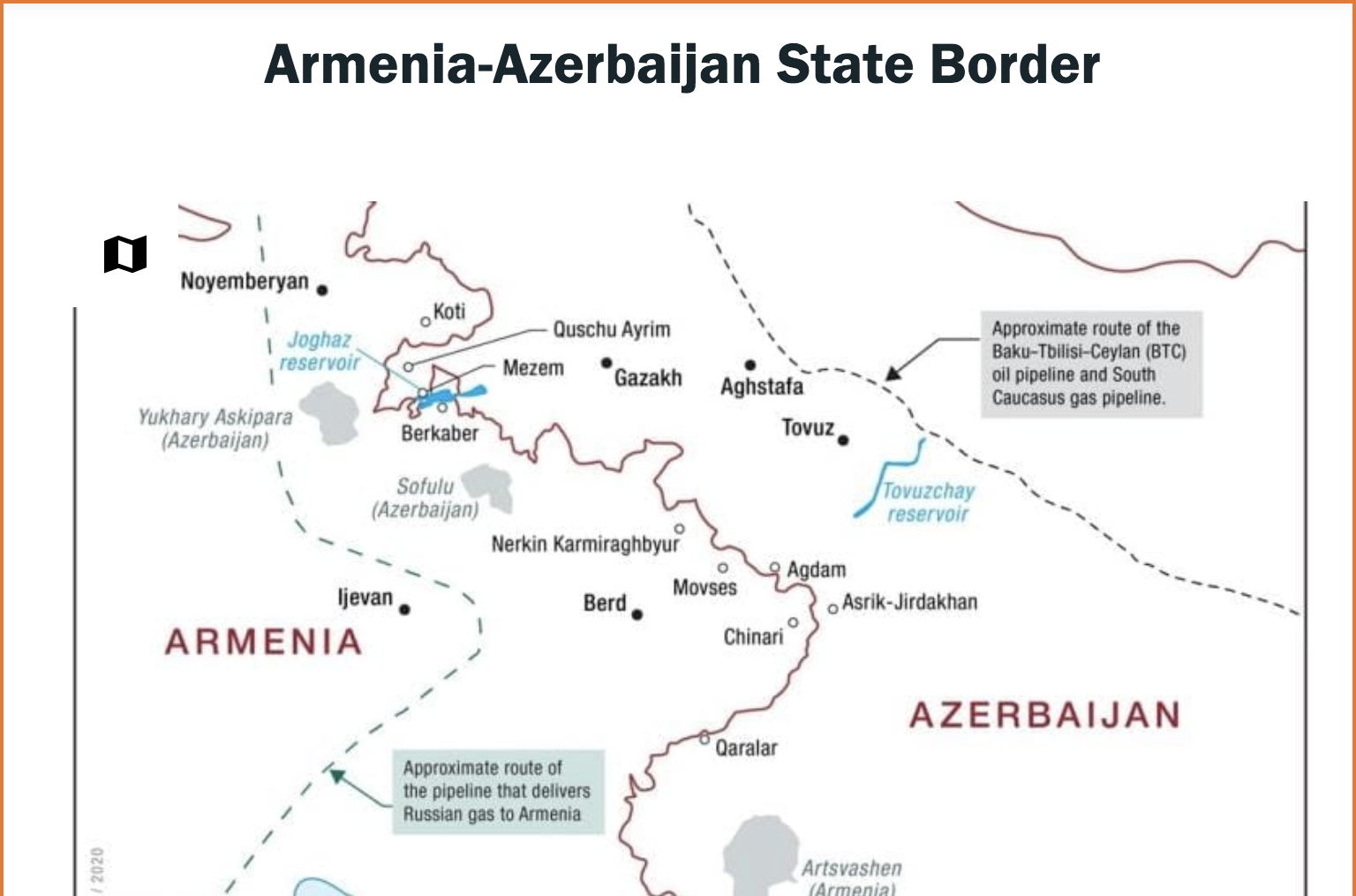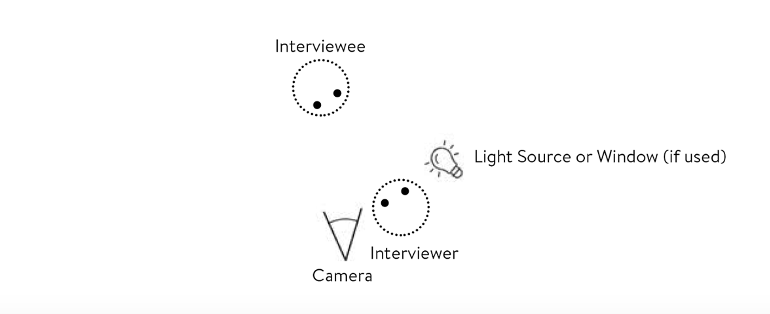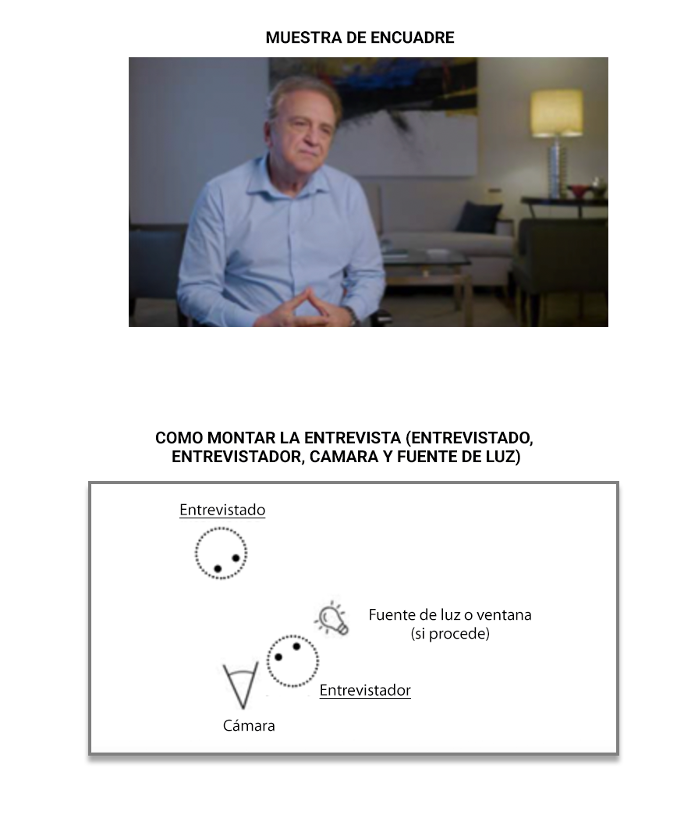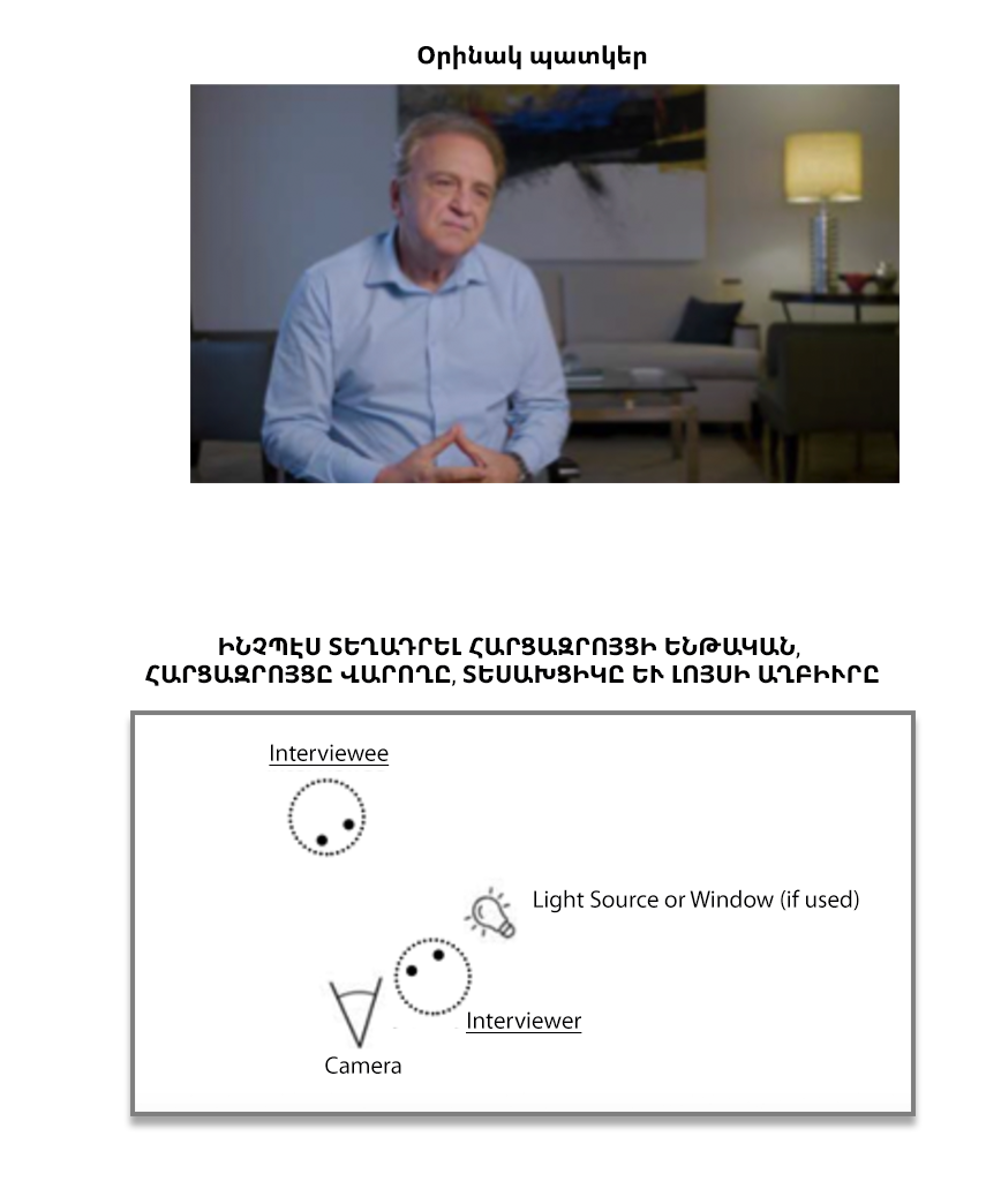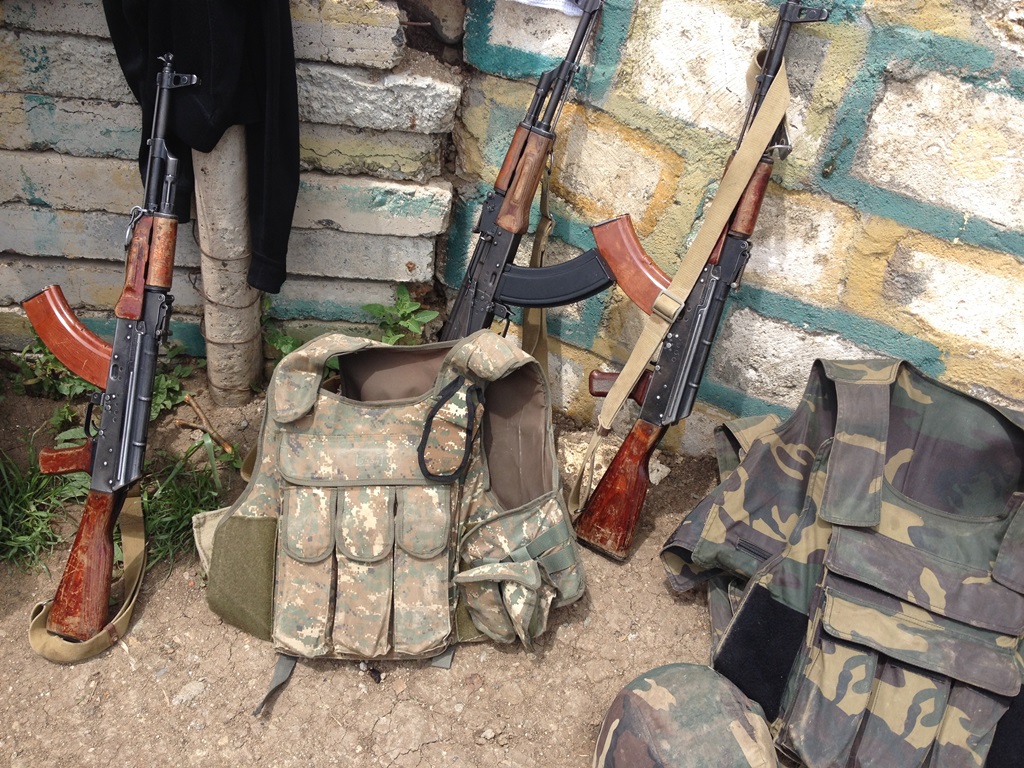
By Benyamin Poghosyan
Since 2014, Azerbaijan has pursued a new strategy in the Karabakh conflict. More emphasis has been put on escalation along the Line of Contact (LoC) with sporadic military activities along the Armenia – Azerbaijan international border. The culmination of that strategy was the April 2016 “Four-Day War,” which resulted in minor changes on the ground. The 2014-2016 Azerbaijani strategy to challenge the status quo was intended to press the international mediators to be more active in their efforts to move forward the negotiations, as well as to put additional pressure on the Armenian state and society through this war of attrition. Another motive may well have been domestic: the desire of Azerbaijani leadership to focus society on Karabakh and Armenia; thus diverting its attention from the worsening socio-economic conditions.
Despite the minor territorial gains, Azerbaijan failed to achieve a strategic shift in the negotiations process. Armenia and the unrecognized Artsakh Republic proved that despite the gap of military spending with Azerbaijan and some shortcomings in military planning they are capable of countering large-scale offensives and are not going to change their negotiating positions under the blackmail of a new war. Moreover, the society both in Armenia and Karabakh was galvanized around the idea of self-defense, thus rejecting the notion that in the case of a new war only few would be ready for sacrifice.
After April 2016, Azerbaijan has been faced with this reality. The international community, specifically the mediators are pushing for confidence-building measures as a necessary step towards the resumption of substantial negotiations. Azerbaijan views these measures as a tool cementing the status quo and therefore unacceptable. Meanwhile, rapid measures taken by the Armenian and Artsakh governments to strengthen the defenses along the LoC has made it more difficult for Azerbaijan to continue its escalation-driven strategy. The failure of February 2017 attack in Martuni direction was proof that it would now be hard to catch Armenian forces by surprise.
Simultaneously, the Azerbaijani government’s domestic propaganda has already created the image of the “April 2016 victory,” and the Azerbaijani society is eager to see additional military advances. The idea disseminated within the Azerbaijani society that within four days the Azerbaijani army achieved more than the Azerbaijani diplomacy had within 22 years has been well absorbed by Azerbaijani population. After more than 25 billion USD was spent on modernization of the Azerbaijani armed forces, there are expectations that this should help solve the number one national security issue of Azerbaijan.
In such circumstances Azerbaijan will continue its involvement in negotiations making efforts to eschew the implementation of confidence-building measures. It’s not surprising that Azerbaijan is not implementing the preliminary agreement on ceasefire violation investigative mechanisms. Even after the Armenian and Azerbaijani foreign ministers’ January 2018 Krakow meeting, where Azerbaijan agreed to implement the expansion of the Office of the Personal Representative of the OSCE Chair-in-Office, no practical steps were taken in that direction. Simultaneously, Azerbaijan will use every opportunity to stress the necessity to withdraw Armenian forces from the security zone. Military, Azerbaijan will continue to rely on sniper fire as a tool of psychological pressure along the LoC, while previously popular subversive attacks are less likely, as possible associated casualties may usher in domestic complaints.
In the long-term perspective, five to ten years, Azerbaijan is likely to continue its “war of attrition” strategy. Its government will continue to participate in negotiations, while blocking the implementation of confidence-building measures and having no illusions that it may achieve its goals via the OSCE Minsk group process. Meanwhile, Baku will concentrate its efforts towards undermining Armenia’s economy, hoping that due to its sluggish performance the Armenian population would shrink further, ultimately making the defense of Artsakh impossible.
Given the fact that after the April 2016 few in Armenia believe that any solution based on withdrawal from parts of the security zone in return for Artsakh interim status and future referendum on final legal status is acceptable, the main task for international mediators will continue to be the management of the conflict with main efforts focused on reduction in the scale of hostilities, rather than conflict resolution.
*Benyamin Poghosyan is the executive director of the Political Science Association of Armenia (PSAA)


